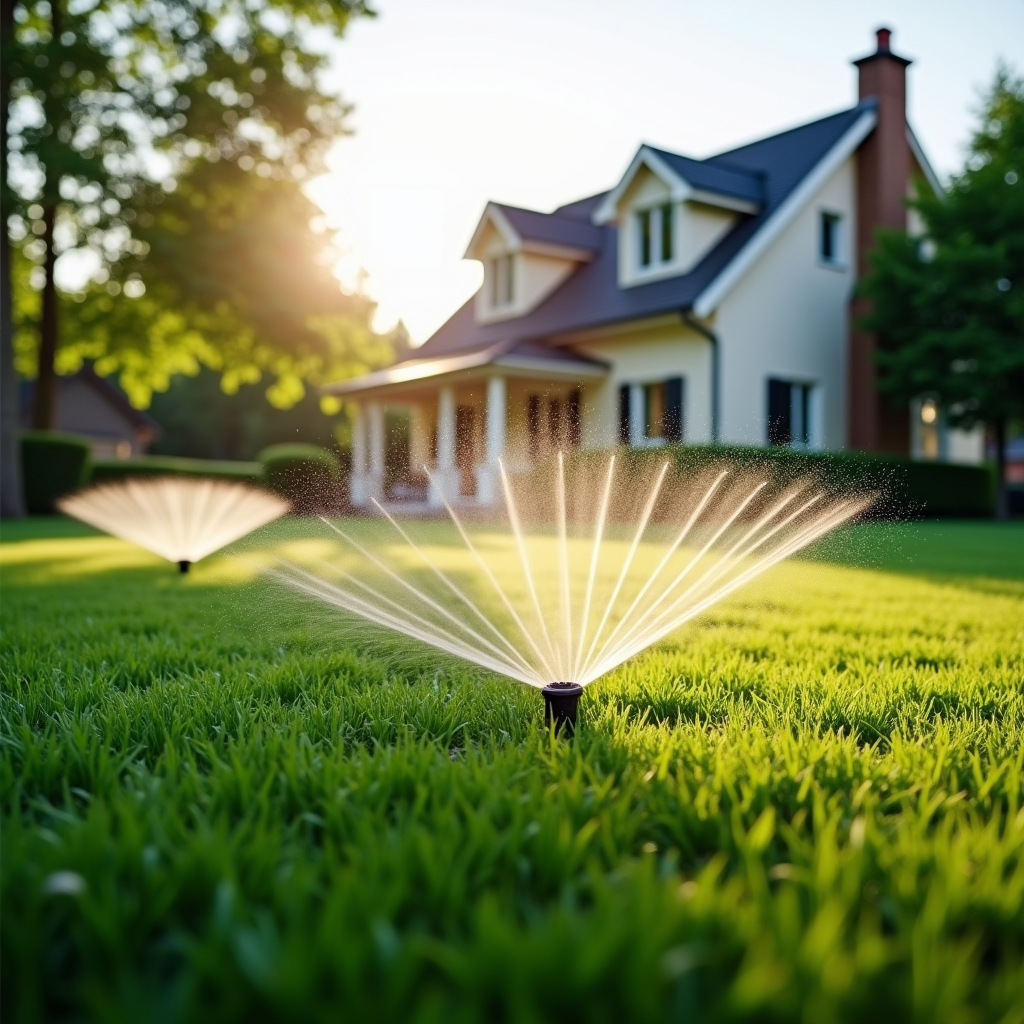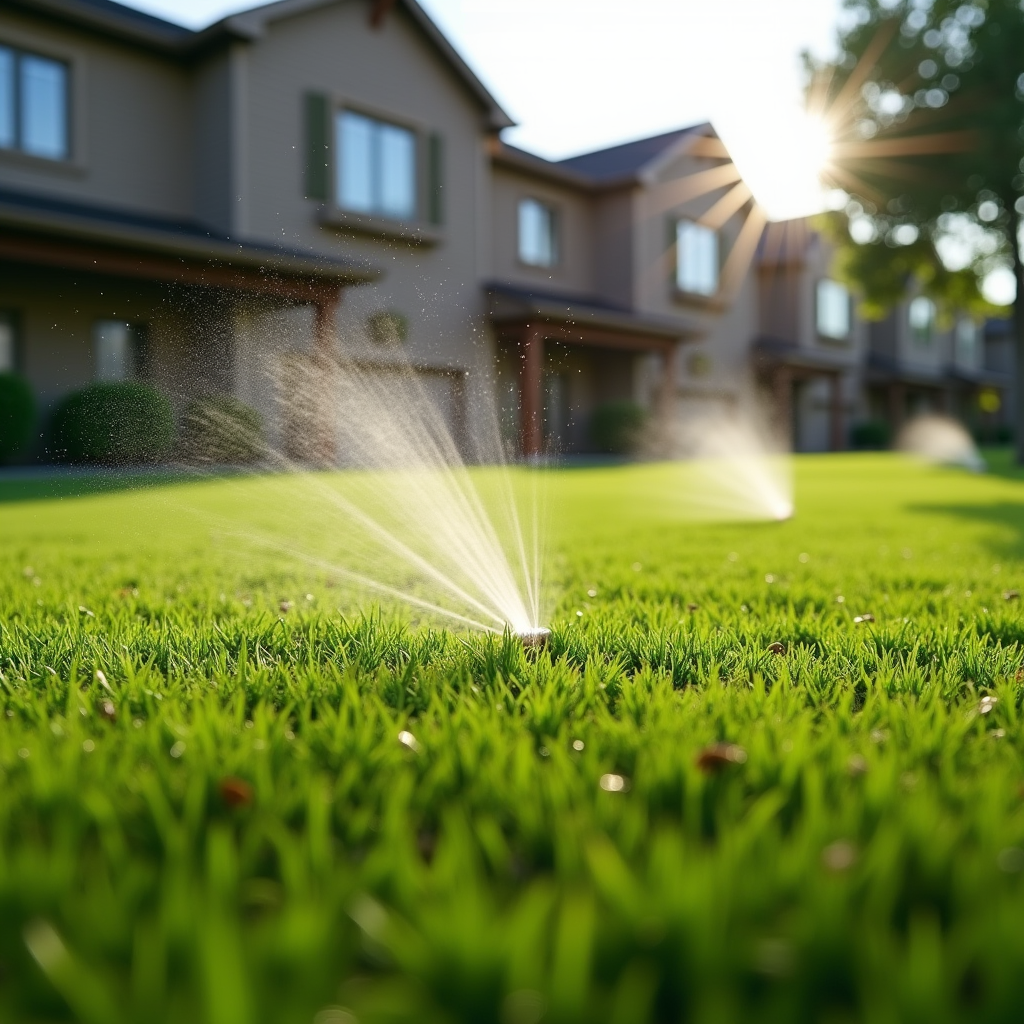Introduction
Ever looked at your lawn and thought, “What if this could be more than just grass?” Well, you’re in luck! Transforming Your Lawn into a Native Plant Paradise isn’t just a dream; it’s a tangible goal that brings life, color, and ecological benefits right to your backyard. http://messiahsbmc826.timeforchangecounselling.com/the-art-of-container-gardening-perfect-for-small-spaces-in-greensbore This guide is packed with information on how to make the switch from traditional lawns to vibrant native plant gardens. By incorporating native plants into your landscaping, you can create a sustainable environment that attracts wildlife and requires less maintenance. Ready to dive in? Let’s go!
Understanding the Basics of Lawn Care
What Is Lawn Care?
Lawn care encompasses all activities related to maintaining and improving the health and aesthetics of your lawn. From mowing and watering to fertilizing and aerating, caring for your lawn is essential for its longevity.
Why Choose Native Plants?
Native plants are species that have adapted to local environmental conditions over thousands of years. They require less water, fewer chemicals, and are more resistant to pests compared to non-native varieties. By focusing on native plants, you're not just beautifying your yard but also supporting local ecosystems.
Benefits of Native Plants Over Traditional Grass Lawns
Reduced Water Usage: Native plants are accustomed to local rainfall patterns. Lower Maintenance: They thrive in their natural environment without excessive care. Pollinator Support: Native plants attract bees, butterflies, and other pollinators. Soil Health Improvement: Their deep roots help prevent soil erosion.Planning Your Transformation
Assessing Your Current Lawn
Before you embark on this journey, take stock of what you've got.
- Soil Quality: Test your soil pH and nutrient levels. Sunlight Exposure: Observe how much sunlight different areas receive throughout the day. Drainage Issues: Identify areas prone to flooding or standing water.
Setting Goals for Your New Landscape
What do you want from this transformation? Are you looking for aesthetics, biodiversity, or perhaps both? Establish clear goals:
- Create a butterfly garden Develop a drought-resistant landscape Attract birds and beneficial insects
Choosing the Right Native Plants
Not all native plants will thrive in every area—research is key!
Popular Native Plants by Region
| Region | Suggested Native Plants | |--------------|-------------------------------------------| | Northeast | Butterfly Weed, Black-Eyed Susan | | Southeast | Coneflower, Coral Honeysuckle | | Midwest | Prairie Dropseed, Purple Coneflower | | West Coast | California Poppy, Manzanita |
Designing Your Native Plant Paradise
Creating Zones in Your Yard
Consider designing distinct zones based on sun exposure and moisture levels.
Example Zones
Sunny Area: Ideal for drought-tolerant perennials. Shady Nook: Perfect for ferns and shade-loving flowers. Wet Spot: Use moisture-loving plants like Joe-Pye weed here.Incorporating Hardscapes
Don't forget about hardscapes! Paths made from stones or mulch can enhance the visual appeal while providing access for maintenance.
Preparing Your Lawn for Transformation
Removing Existing Grass
If you've got grass that needs removing, there are several methods:
- Manual removal using shovels or spades Solarization (covering grass with clear plastic) Herbicide application (last resort)
Soil Preparation Techniques
After clearing the grass:
Test Soil pH & Nutrient Levels Amend Soil with Compost Aerate the GroundPlanting Your Native Garden
Timing Matters!
When's the best time to plant? Early spring or fall usually offers ideal conditions for new plantings.
Planting Steps You Should Follow
Dig holes twice as wide as root balls but no deeper than necessary. Place plants at the same depth they were growing before planting. Water thoroughly after planting to eliminate air pockets.Caring for Your New Landscape
Initial Watering Needs
During the first few weeks post-planting, keep an eye on moisture levels. Regular watering may be necessary until roots establish themselves.

Mulching Benefits
Applying mulch helps retain moisture while suppressing weeds—all while adding organic matter back into the soil as it breaks down.
Encouraging Wildlife Habitat
Attracting Pollinators & Beneficial Insects
Include flowering plants that bloom at various times throughout the growing season—this ensures a steady food supply for pollinators.
Best Choices Include
- Milkweed (for Monarchs) Aster (for bees)
Bird-Friendly Features
Adding birdhouses or feeders can further enhance biodiversity in your garden space.
Common Challenges in Lawn Transformation
Dealing with Weeds
Weeds will inevitably pop up during this transition; however:
Regularly monitor new growth. Hand-pull before they set seed.Pest Management Strategies
Focus on integrated pest management (IPM):

- Introduce beneficial insects like ladybugs Use organic pesticides as needed
Maintenance Tips for Long-Term Success
Seasonal Care Routines
Each season has its own set of tasks:
Spring Tasks
- Fertilizing with organic compost Pruning dead branches from woody natives
Summer Tasks
- Monitoring water needs closely Deadheading spent flowers
Fall Tasks
- Collect seeds from established natives Mulching around perennials
Winter Tasks
- Protect delicate species with burlap screens if necessary
FAQs About Transforming Your Lawn Into a Native Plant Paradise
How long does it take for native plants to establish?- It typically takes 1–3 years for native plants to fully establish themselves depending on species and conditions.
- Yes! The first year may seem messy as native plants grow at different rates but trust the process; they’ll fill out beautifully over time!
- Not necessarily; basic gardening tools should suffice unless you're dealing with particularly tough soils or established vegetation.
- While it's possible, be cautious about introducing invasive species which can compete aggressively against natives.
- Yes! Eco-friendly landscapes can boost curb appeal significantly while contributing positively to local ecosystems.
- Most costs are lower than conventional lawns due to reduced water use but expect some investment in initial plant purchases and occasional upkeep.
Conclusion
In summary, transforming your lawn into a native plant paradise is not only achievable but incredibly rewarding! It allows homeowners like you to connect more deeply with nature while playing an important role in supporting local ecosystems through sustainable practices—and let’s face it; who wouldn’t want that?
By understanding lawn care basics, planning thoughtfully, preparing adequately, planting wisely, nurturing thoroughly expanding wildlife habitat—all these elements come together beautifully when creating your unique sanctuary of native flora right outside your door!
So grab those gloves—it’s time to dig deep into this journey toward sustainability—both personally and ecologically! Happy gardening!